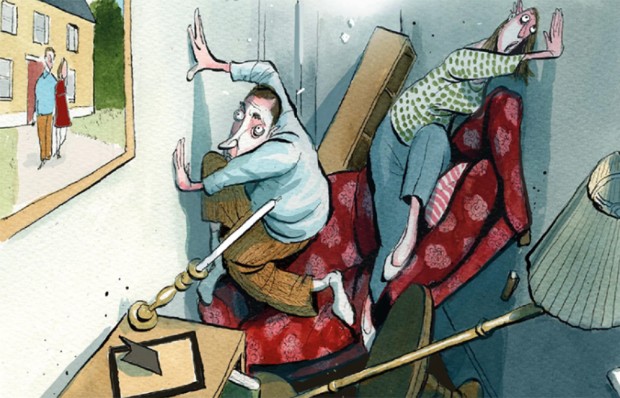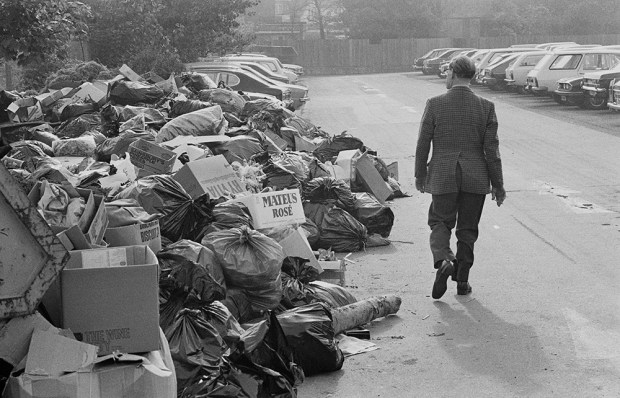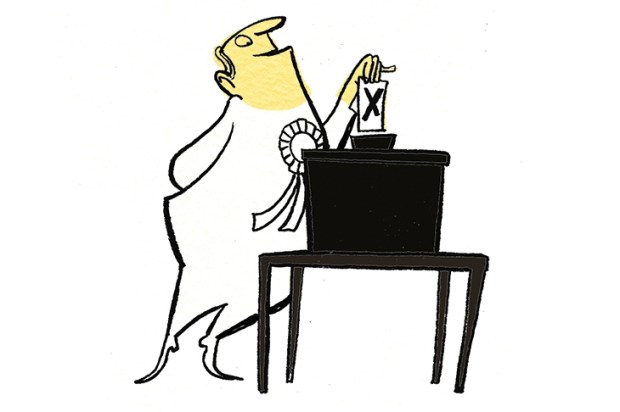Twists and turns
Jeremy Hunt, taking a group of EU foreign ministers around the maze at Chevening House in Kent, likened it to Brexit. It is not surprising if he finds the maze at Chevening difficult, because it was deliberately designed by the 2nd Earl of Stanhope, a mathematician, to be a greater challenge than garden mazes which preceded it. Most at the time had a simple rule: if you kept your hand on one hedge you would eventually reach the centre. This was known as a ‘simply connected’ maze. Chevening, however, was one of the first ‘multiply connected’ mazes, which don’t have a simple rule to find the centre.
Procreating royals
The Duchess of Sussex is expecting a baby ‘next spring’. How long does it take a royal couple to produce a child after the wedding?
Prince Charles and Diana, Princess of Wales
11 months
Prince Harry and the
Duchess of Sussex
10-12 months?
Prince Andrew and
Sarah Ferguson
2 years 1 month
Prince William and the
Duchess of Cambridge
2 years 3 months
Princess Royal and
Captain Mark Phillips
4 years 0 months
Prince Edward and the
Countess of Wessex
4 years 5 months
Carbon data
How is the UK getting on with reducing its carbon emissions? There are two ways to measure a country’s CO2 emissions — ‘territorial’ basis, which includes only those emissions within the country itself, and ‘consumption’ basis, which includes emissions spewed out around the globe in the cause of manufacturing goods and providing services for that country’s people.
Measurements in metric tons co2
Territorial basis / Consumption basis
1995
560 / 654
2005
564 / 727
2015
416 / 596
So territorial emissions have fallen by 25% in 25 years but consumption emissions by only 9%. Source: globalatlas.com
Falling FTSE
The FTSE100 fell by more than 10%, which is generally regarded as a ‘correction’. How does that compare with other ones recently?
Dec 1999–March 2003
-49.6%
Oct 2007–March 2009
-47.5%
April 2010–June 2010
-16.1%
Feb 2011–Sept 2011
-16.7%
March 2012–May 2012
-11.8%
April 2015-Feb 2016
-21.9%
Got something to add? Join the discussion and comment below.
Get 10 issues for just $10
Subscribe to The Spectator Australia today for the next 10 magazine issues, plus full online access, for just $10.
You might disagree with half of it, but you’ll enjoy reading all of it. Try your first month for free, then just $2 a week for the remainder of your first year.













Comments
Don't miss out
Join the conversation with other Spectator Australia readers. Subscribe to leave a comment.
SUBSCRIBEAlready a subscriber? Log in